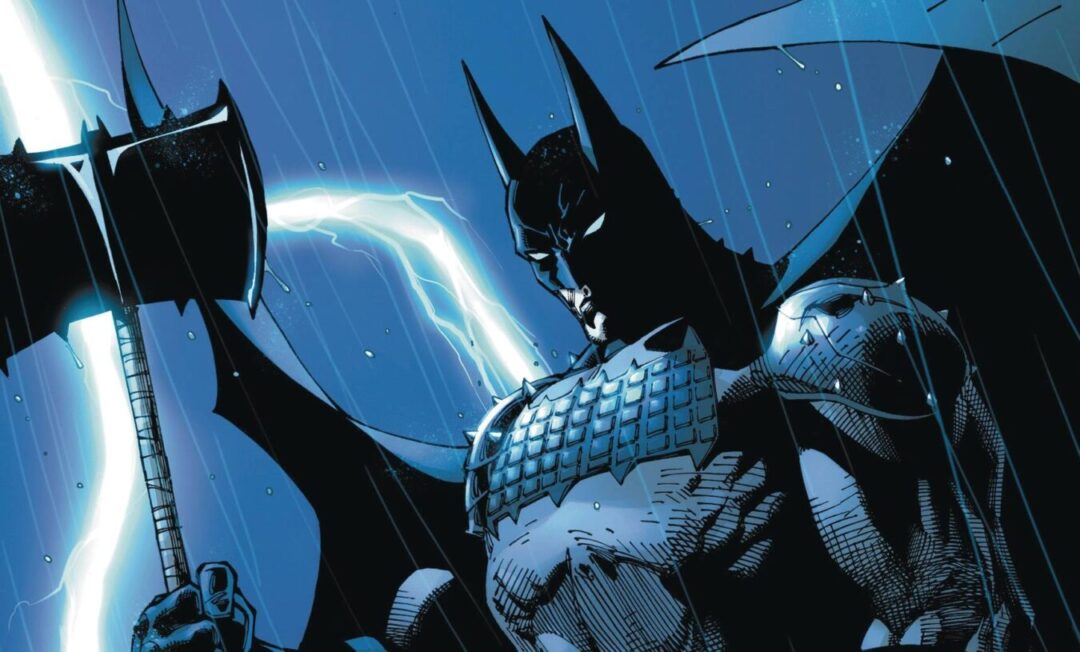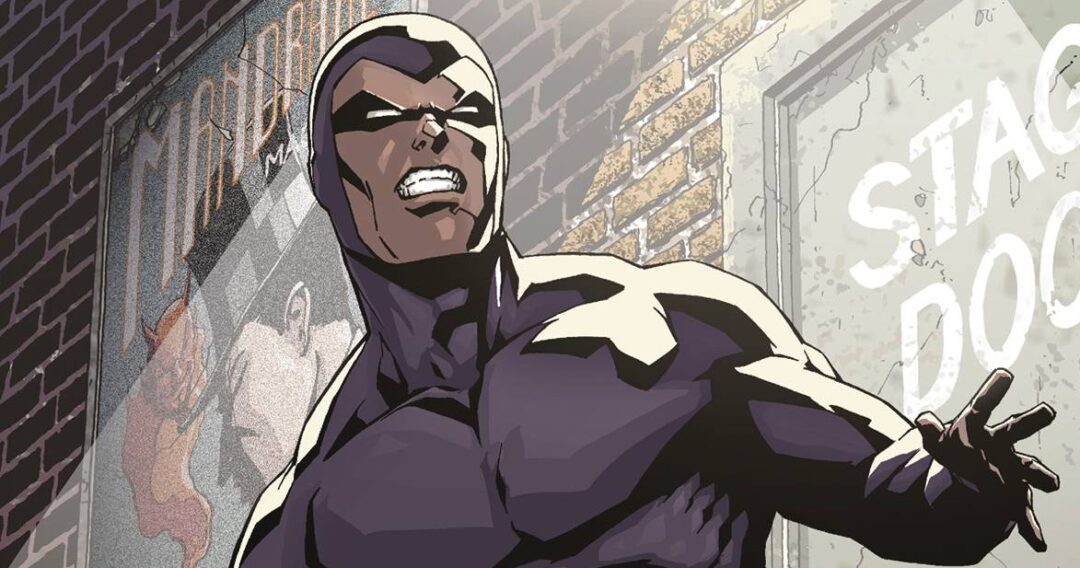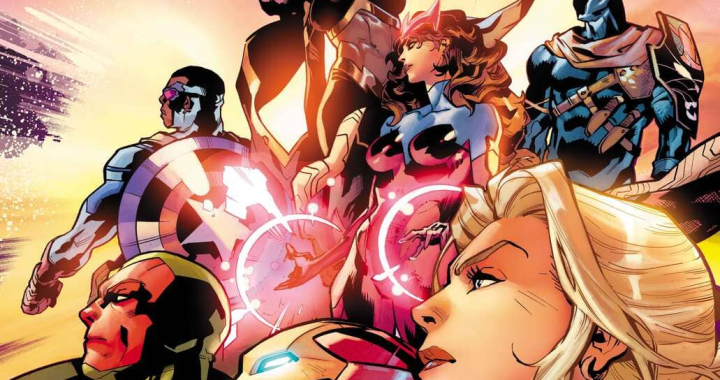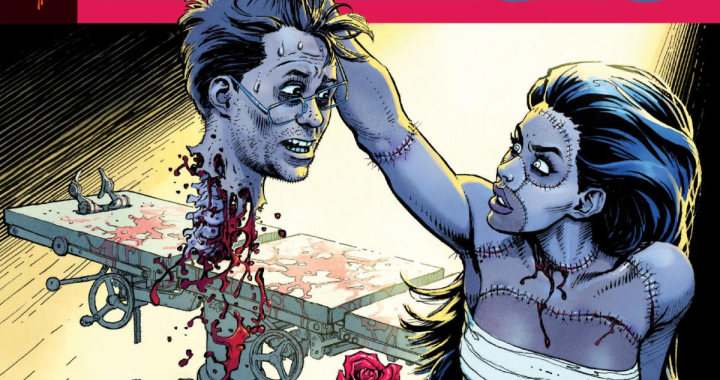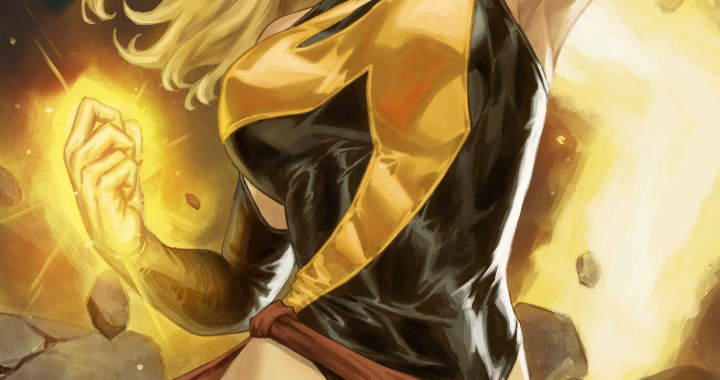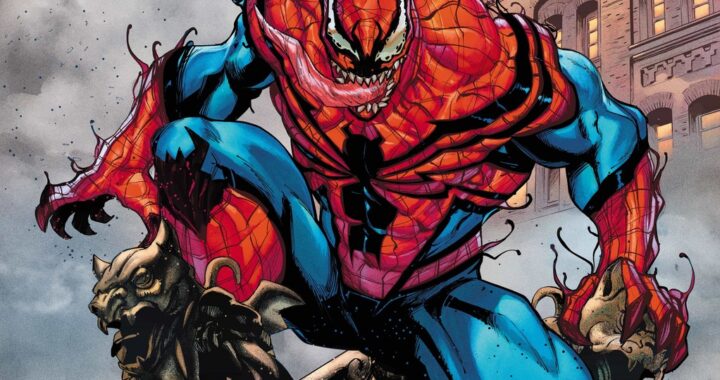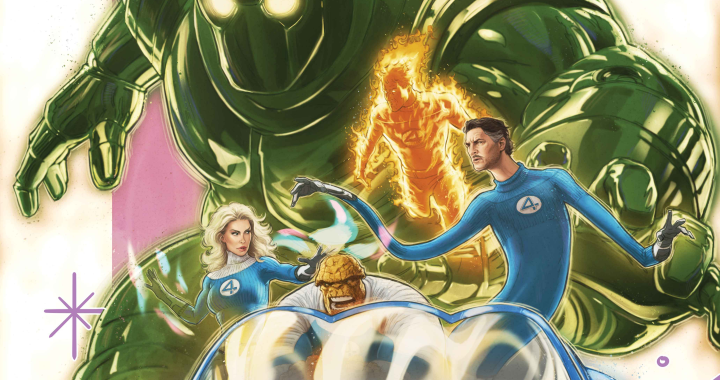REVIEW: Santeria: The Goddess Kiss Chapter One (of Four)
To paraphrase the wisdom of Han Solo “Hokey religions and ancient weapons are no match for a…..”.
In this new series from Aspen comics, creator David Wohl tries to disprove Solo’s opinion with a dark story of a Goddess, her Acolytes and their impact on the world.
The book starts with a heavy 7 page introduction to the past exploits of the Goddess Oonaa and her priestess Aamli, which shows how slavers came to the tribe, bought their belief in the one true God with gold, before setting sail with a cargo of slaves ripe for selling in the new lands of Cuba. It’s on this trip we get a glimpse of the power Aamli draws from her Goddess, a power that stays with her upon her arrival at a homestead and whilst not protecting her from harm, it does cast a terrible vengeance should harm (and it does) befall her. This power of retribution allows Aamli to restart the forgotten ways, bringing what was once gone, back into this new world. Fast forward a bit and we see that the religion is still practiced in certain parts of New York city. As in days gone past, the religion carries with it a terrifying need.
David Wohl has created an interesting book. Taking a brave stance with such a long-winded introduction, he manages to par back the following pages, showing that at some point this is going to be a more human story than the reader may have originally assumed. The history lesson that seems to take the first third of the book, does the job, without becoming to preachy and when the story moves to present times, there is a familiarity to the main characters, with everyone else, especially the detectives, there to act as scene chewers. The dialogue, both the monologue of the past and the modern-day conversations, do their respective jobs, the latter having an easy-going feel to it that seems natural.
Giuseppe Cafaro, mainly known for his cover work on Zenescope books, provides the interior art. At first glance I kind of dismissed the art; the first few pages are dialogue heavy. But eventually, the art starts to stand up for itself. The panels used help the pace of the story before moving into a more relaxed style. This is then shattered with the later action scenes, but it does show that Cafaro has a strong eye on storytelling. At times, the line work is a little crowded out by the painted color effect that is used in the book. However, there is enough strong character panels that show more than a little of Cafaro’s influences. Wes Hartman is potentially the star of the show. True the colors can bleed out the line work, but this adds to the environments, especially when it comes to some of the mysticism elements that are prevalent throughout the book. Finally, a quick shout out to letterer Josh Reed whose work is great here, showing the differences between past and present; magic and reality.
The overall story is quite a simple one, though it is well crafted by all involved. If I had any quibble to make, it would be that the main protagonist seems to catch on to what is happening way too quickly, given the amount of time given to the setup of the Goddess and her original cast of followers. That said, the book is a very enjoyable read, with great visuals, if you manage to stick with it.
[yasr_overall_rating size=”large”]
David Wohl ”“ Story / Giuseppe Cafaro ”“ Art / Wes Hartman ”“ Colors
Publisher: Aspen Comics
Author Profile
- I am a long time comic book fan, being first introduced to Batman in the mid to late 70's. This led to a appreciation of classic artists like Neal Adams and Jim Aparo. Moving through the decades that followed, I have a working knowledge of a huge raft of characters with a fondness for old school characters like JSA and The Shadow
Currently reading a slew of Bat Books, enjoying a mini Marvel revival, and the host of The Definative Crusade and Outside the Panels whilst also appearing on No-Prize Podcast on the Undercover Capes Podcast Network
Latest entries
 Comic BooksOctober 14, 2024Review: Absolute Batman #1
Comic BooksOctober 14, 2024Review: Absolute Batman #1 Comic BooksSeptember 25, 2024Review: Defenders of the Earth #2 (of 8)
Comic BooksSeptember 25, 2024Review: Defenders of the Earth #2 (of 8) Comic BooksAugust 7, 2024Review: Gatchaman #2
Comic BooksAugust 7, 2024Review: Gatchaman #2 Advance ReviewJuly 30, 2024Advance Review: Defenders of the Earth #1 (of 8)
Advance ReviewJuly 30, 2024Advance Review: Defenders of the Earth #1 (of 8)
